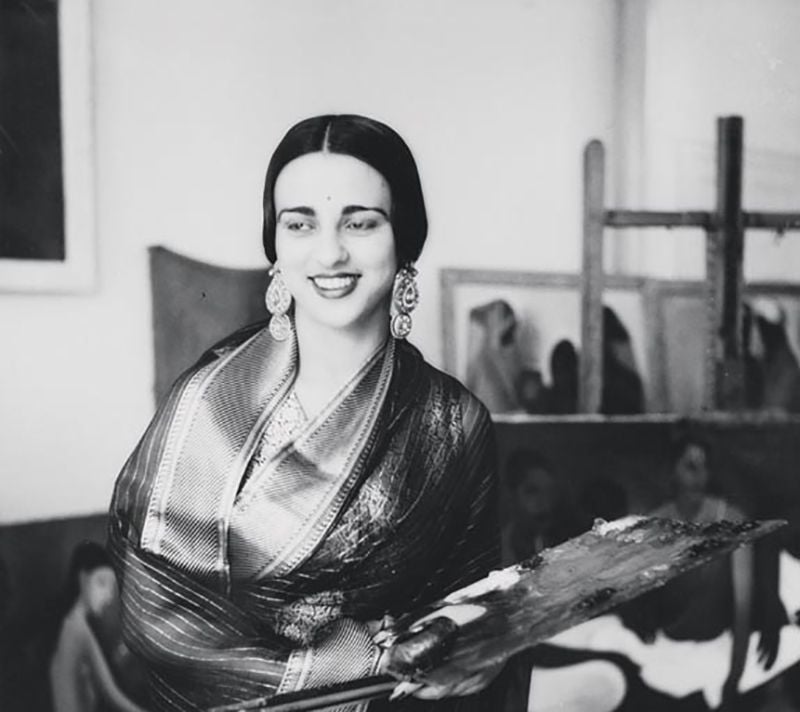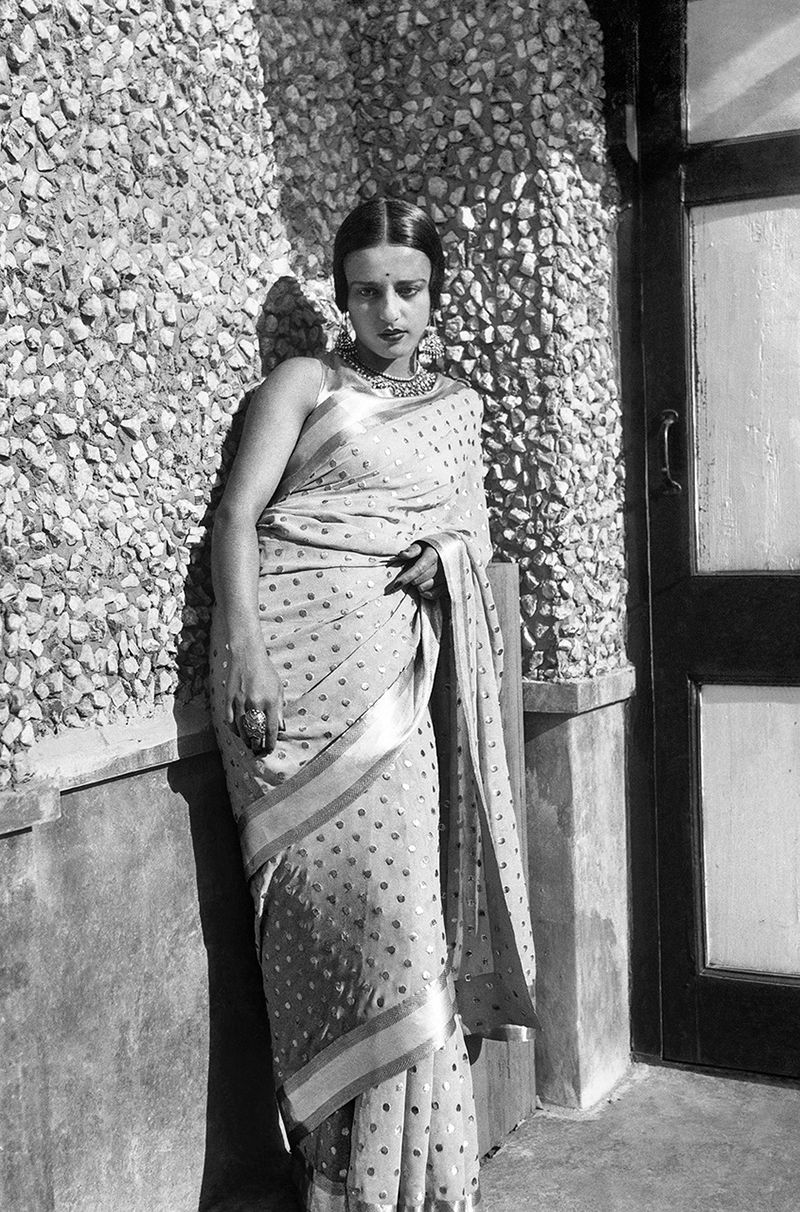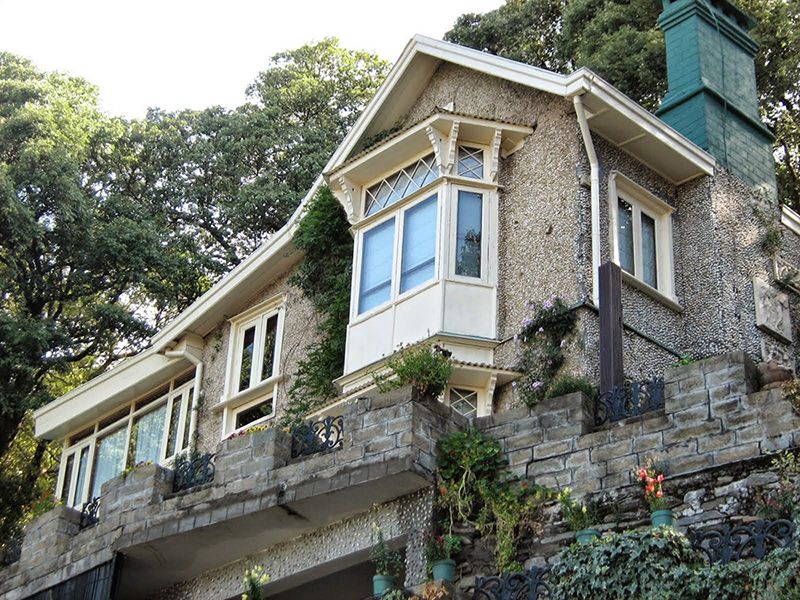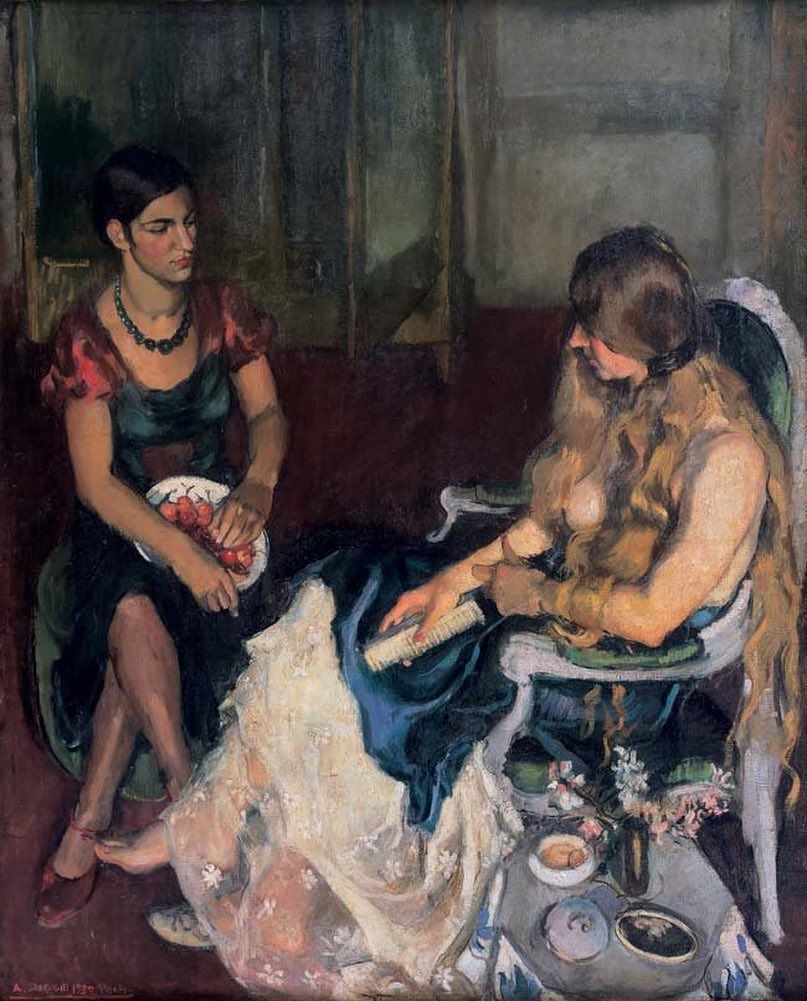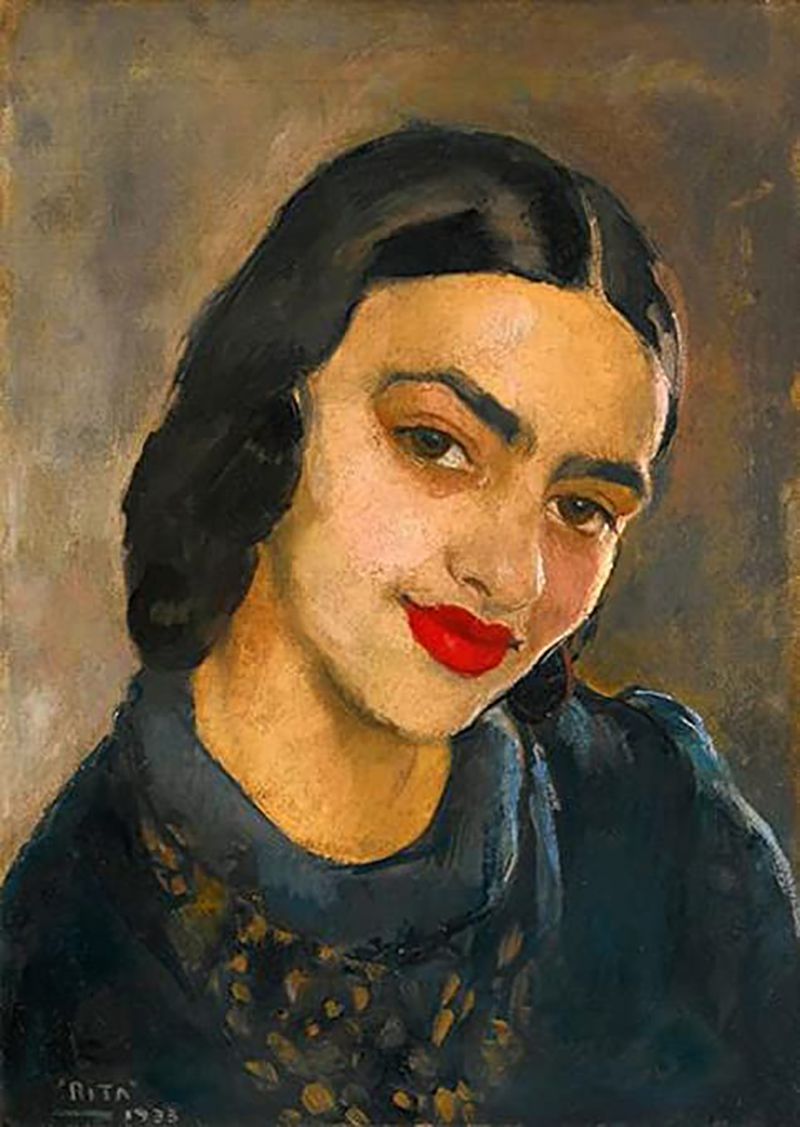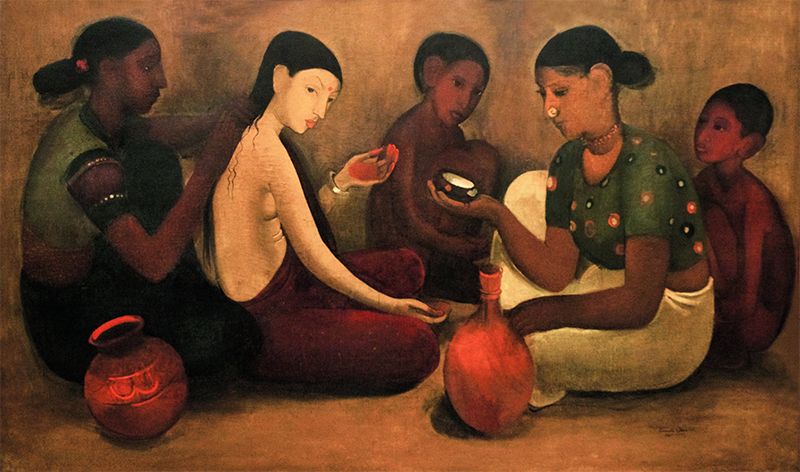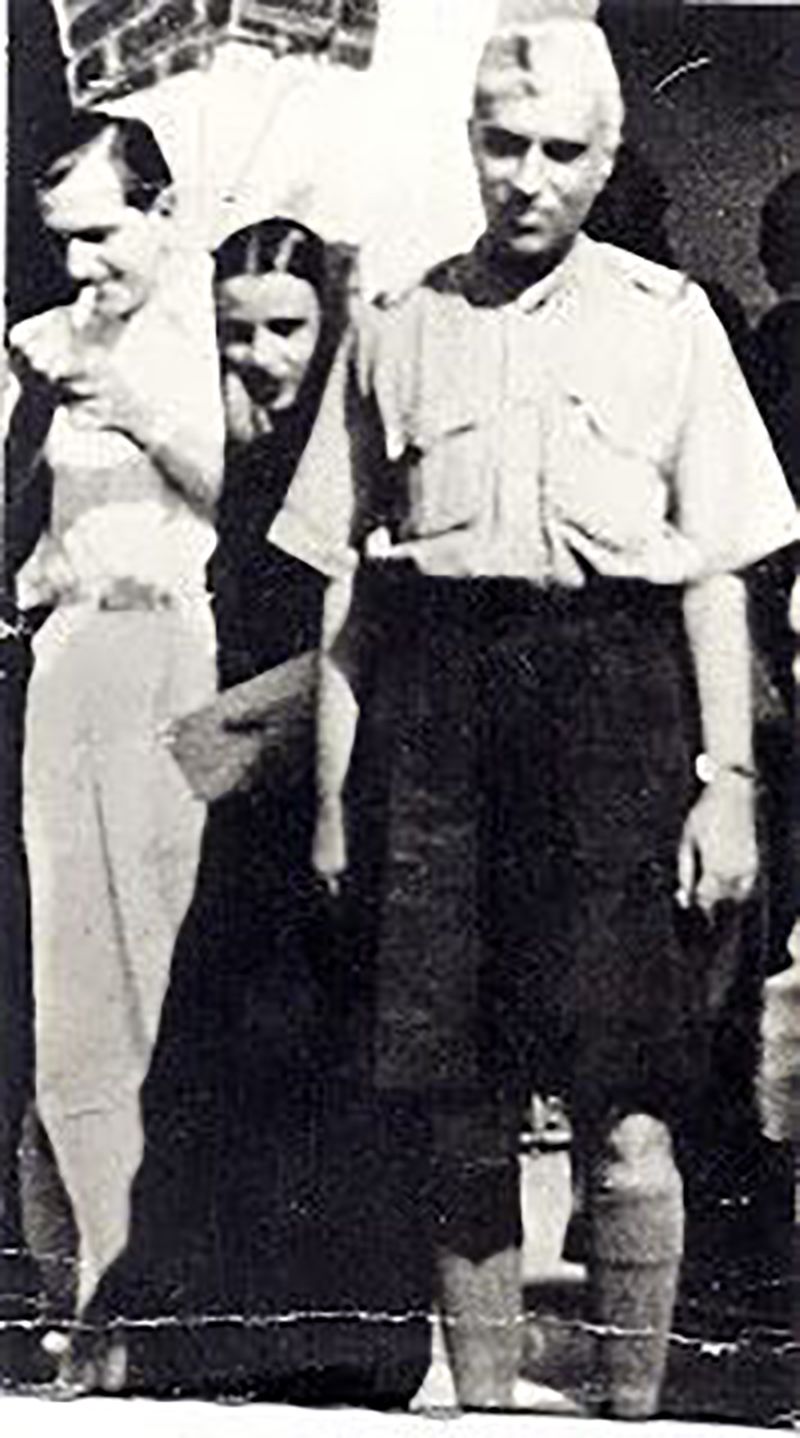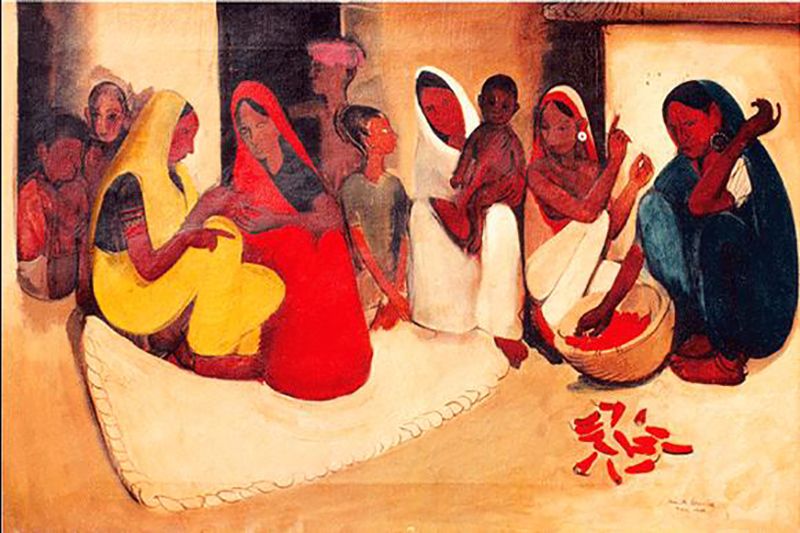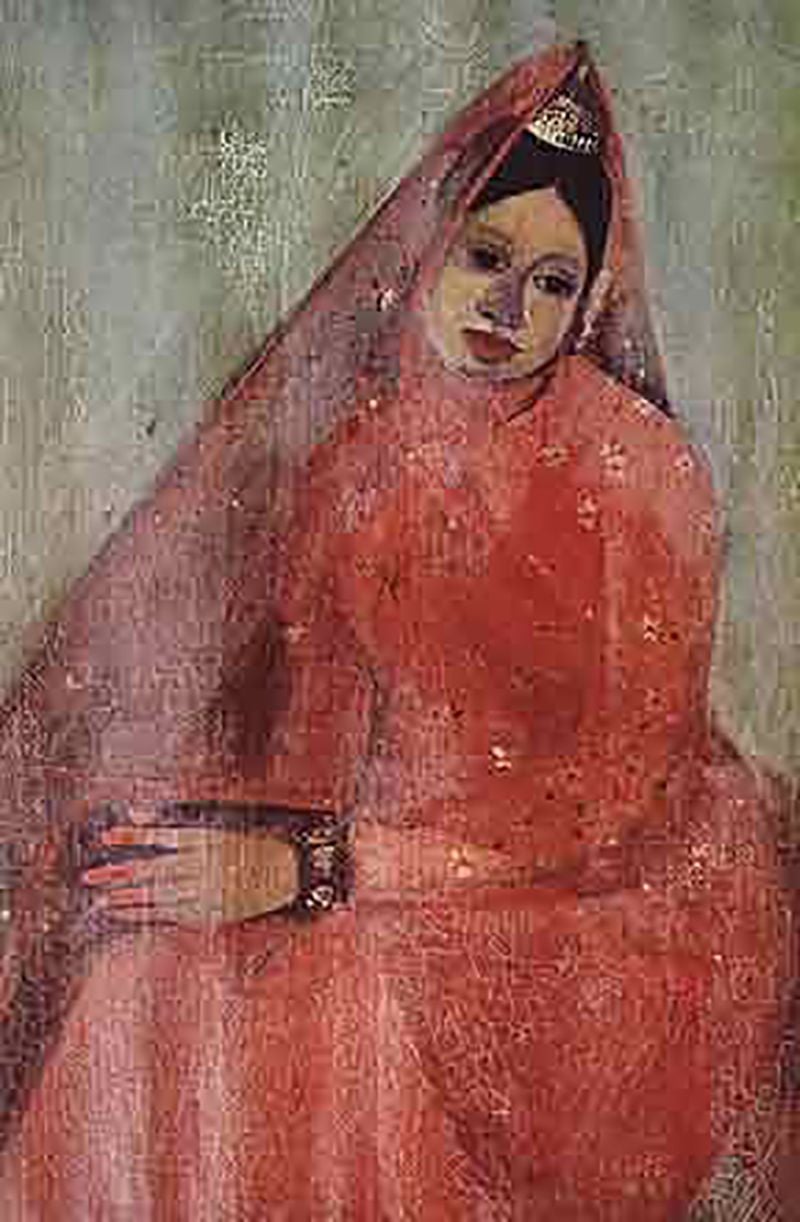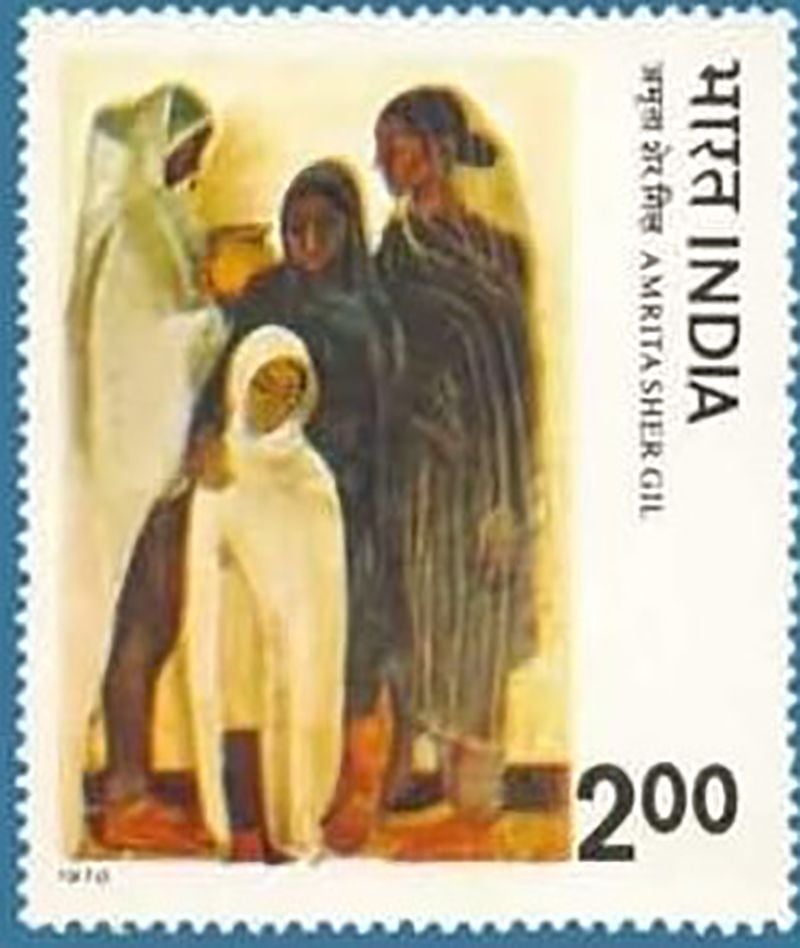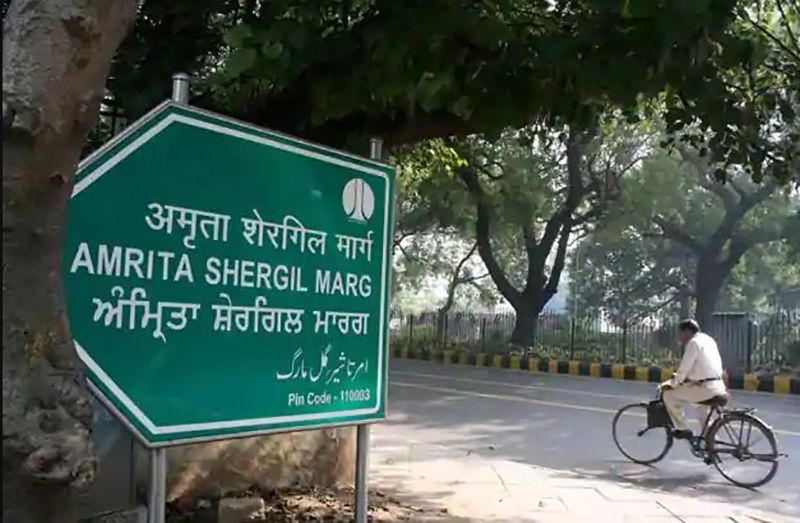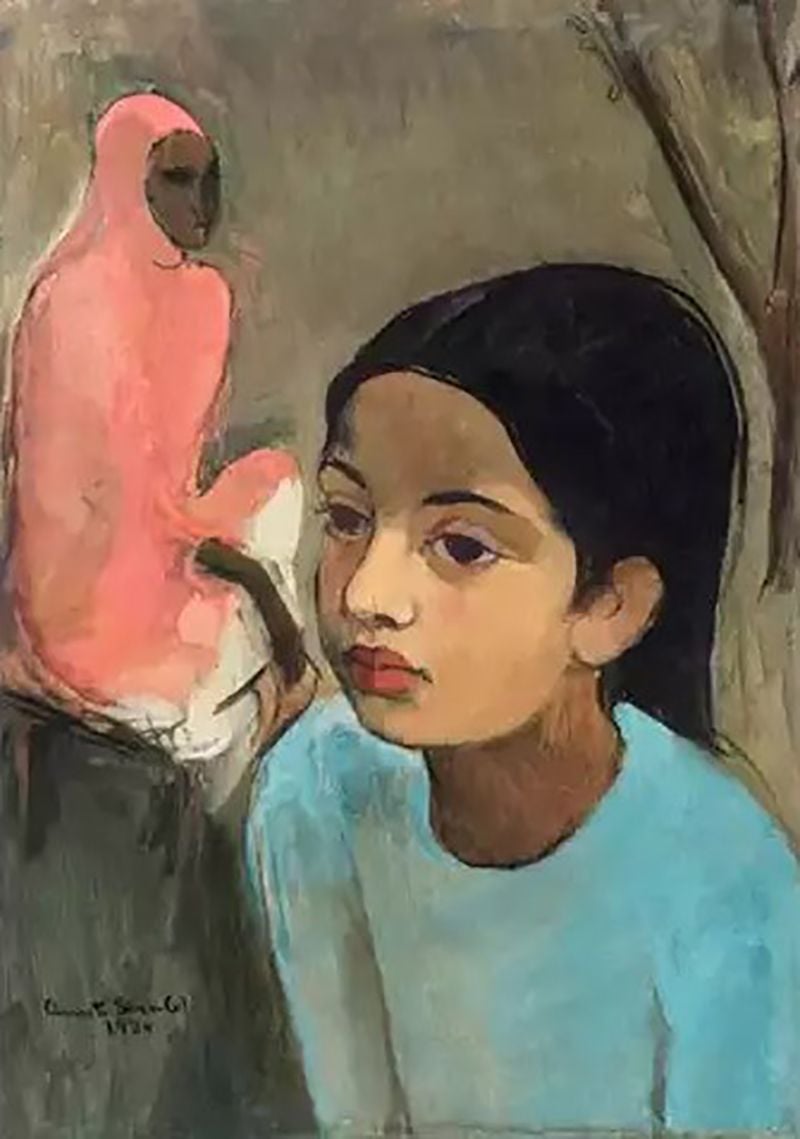Amrita Sher-Gil Age, Death, Boyfriend, Husband, Family, Biography & More
| Bio/Wiki | |
|---|---|
| Name Earned | Indian Frida Kahlo [1]The Indian Frida Kahlo |
| Profession | Painter |
| Famous Role(s)/Famous For | Being a pioneer of Indian modern art. |
| Career | |
| Last Work | An unfinished painting left by her prior to her death.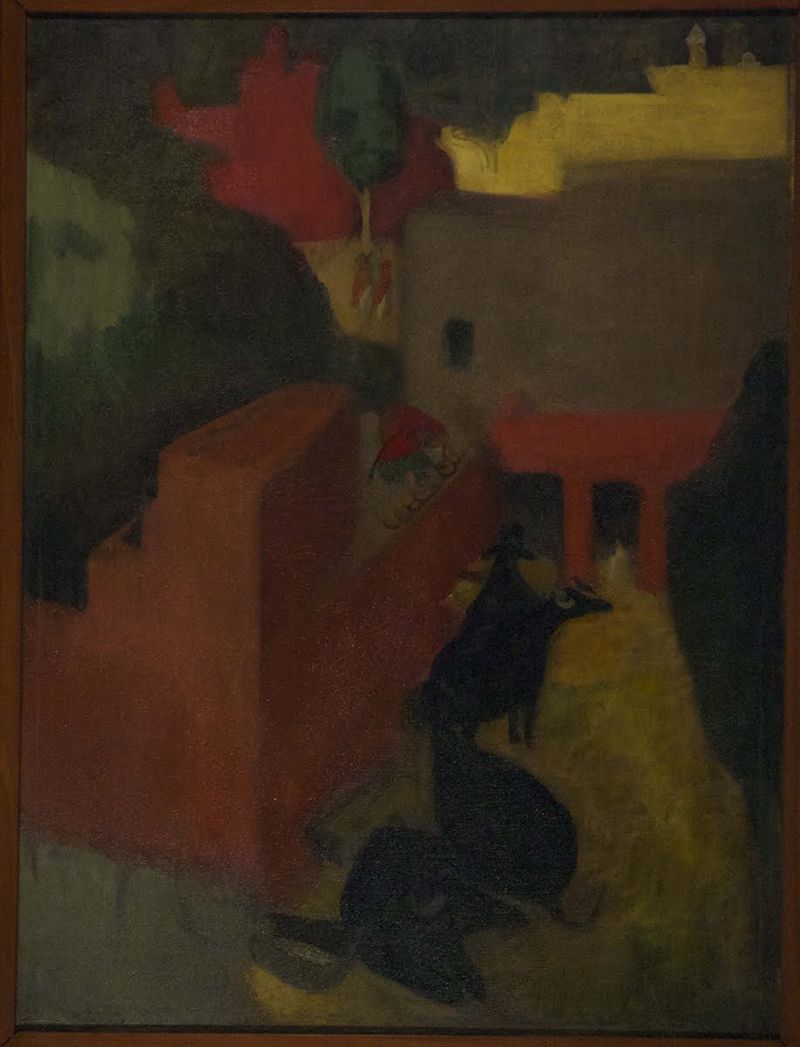 |
| Personal Life | |
| Date of Birth | 30 January 1913 (Thursday) |
| Birthplace | Budapest, Hungary |
| Date of Death | 5 December 1941 (Friday) |
| Place of Death | At her home in Lahore |
| Age (at the time of death) | 28 Years |
| Death Cause | The cause of her death is not certain. She is believed to have died from a failed attempt of abortion and subsequent peritonitis. Her mother accused her husband of having murdered her. |
| Zodiac sign | Aquarius |
| Signature |  |
| Nationality | Hungarian-Indian |
| Hometown | Budapest, Hungary |
| School | • A Convent School in Shimla • Santa Annunziata, Florence, Italy • Académie de la Grande Chaumière, Paris 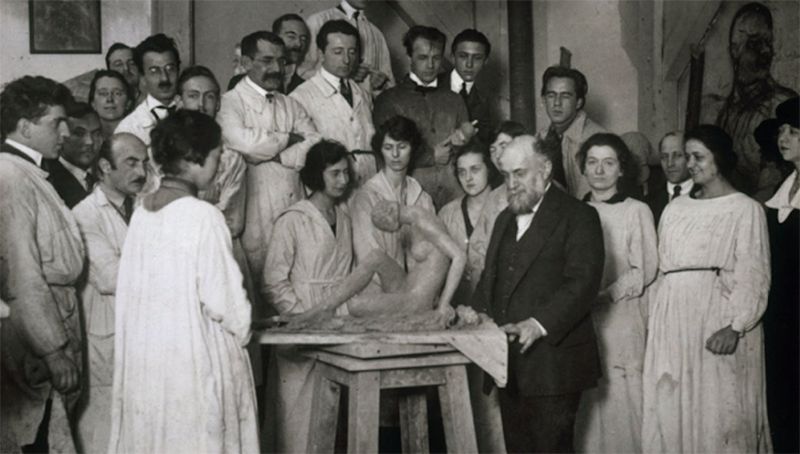 |
| College/University | École des Beaux-Arts, Paris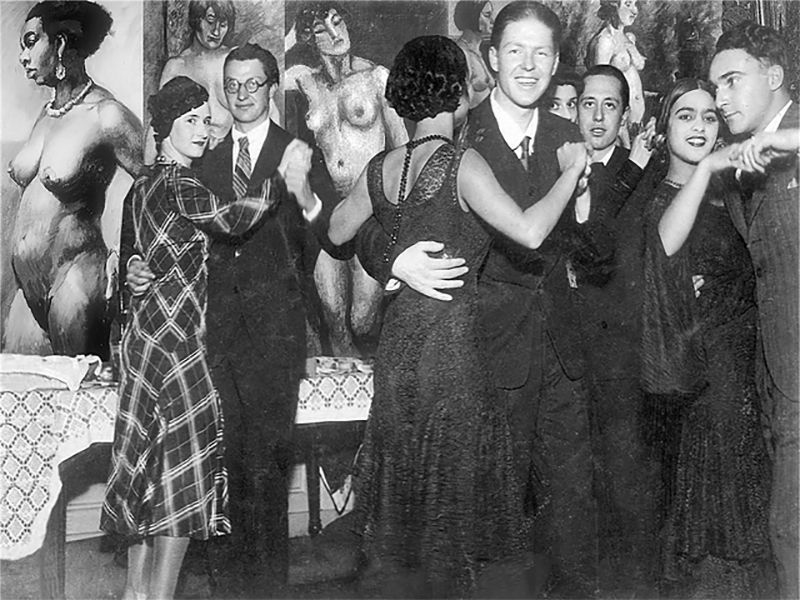 |
| Educational Qualification | Graduation in Arts from École des Beaux-Arts, Painting (1930-1934) |
| Religion | She was baptised as a Roman Catholic. [2]Outlook India She considered herself an atheist. [3]The Print |
| Political Inclination | She was a Congress sympathiser, |
| Address | 23 Sir Ganga Ram Mansions, Mall Road, Lahore, Punjab, Pakistan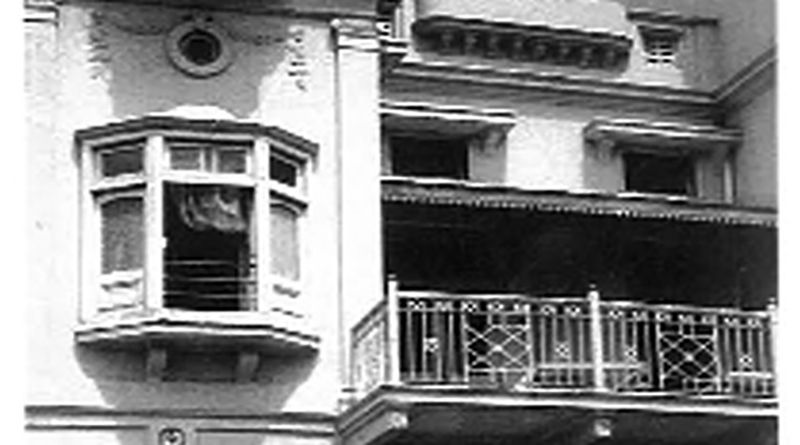 |
| Hobbies | Reading and Playing Piano and Violin |
| Relationships & More | |
| Sexual Orientation | Bisexual [4]The Print |
| Marital Status (at the time of death) | Married |
| Affairs/Boyfriends | • Boris Tazlitsky (French Artist) 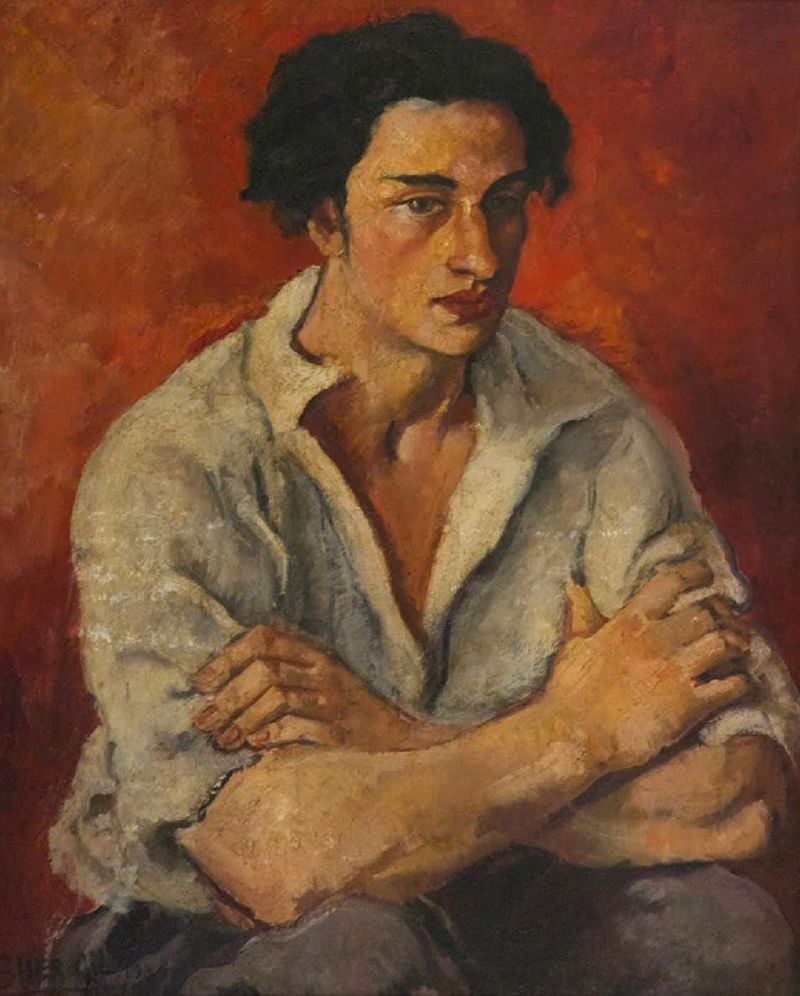 • John Walter Collins (Painter) • Edith Lang (Writer) • Yusuf Ali Khan (Engaged) 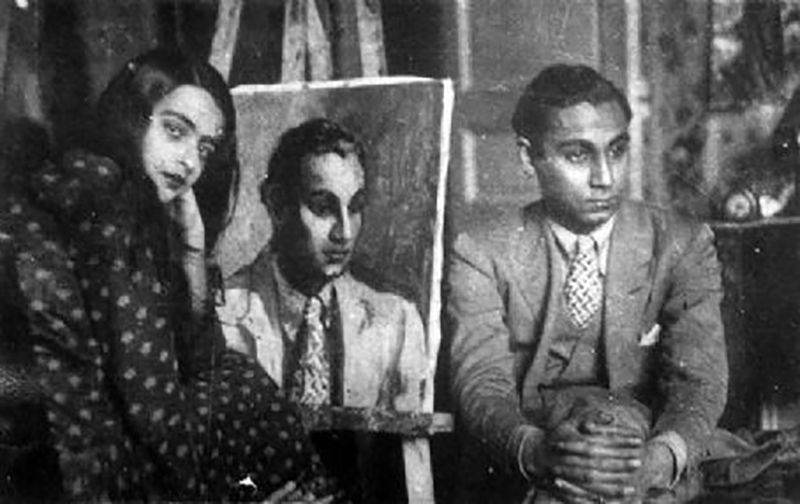 • Marie Louise Chassany (Painter) 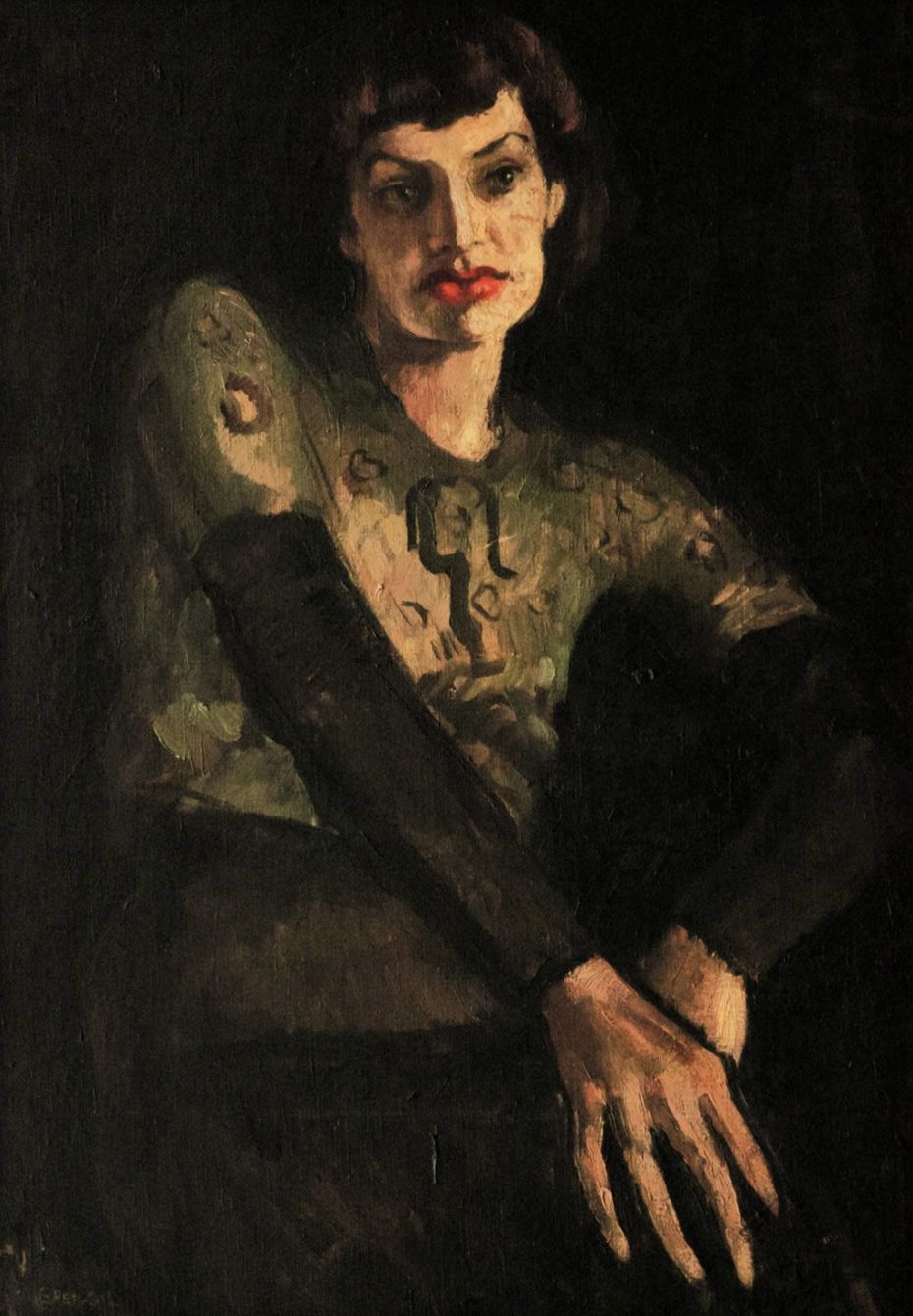 • Malcolm Muggeridge (1935; English Journalist) 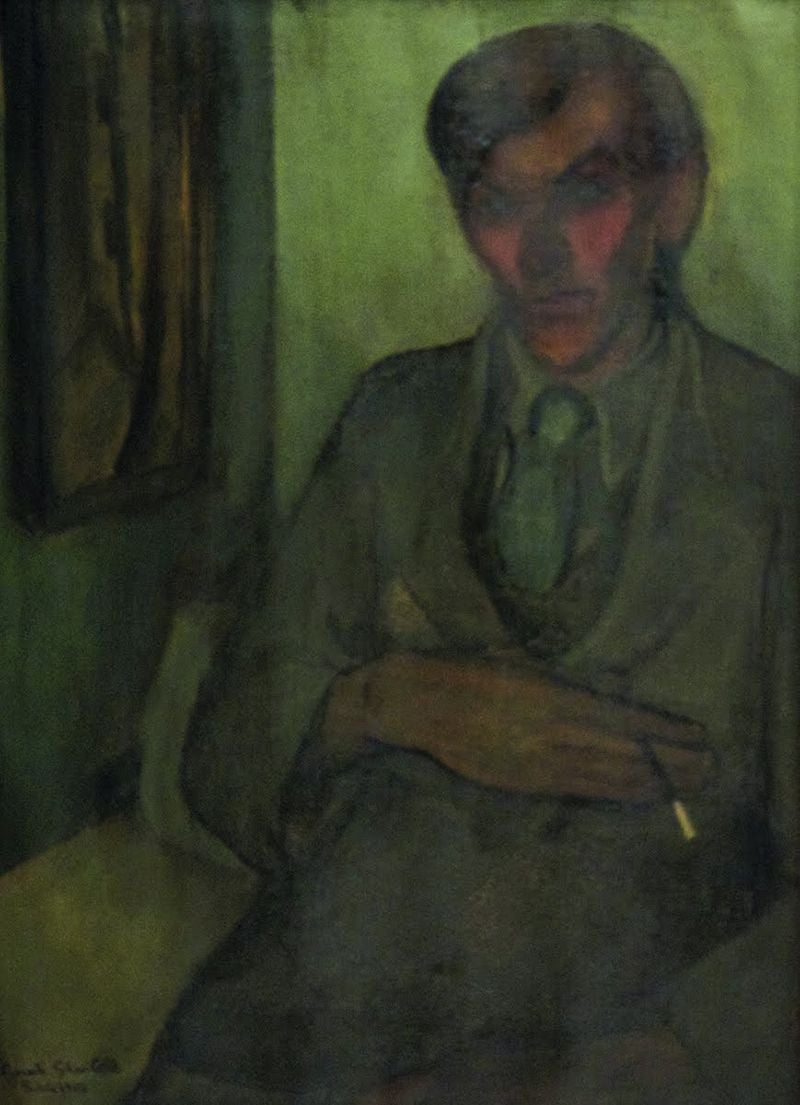 • Victor Egan (Doctor) • Pandit Jawaharlal Nehru (Rumoured; Former Prime Minister of India) • Badruddin Tyabji (Lawyer and Politician) |
| Marriage Year | 1938 |
| Marriage Place | Budapest |
| Family | |
| Husband/Spouse | Victor Egan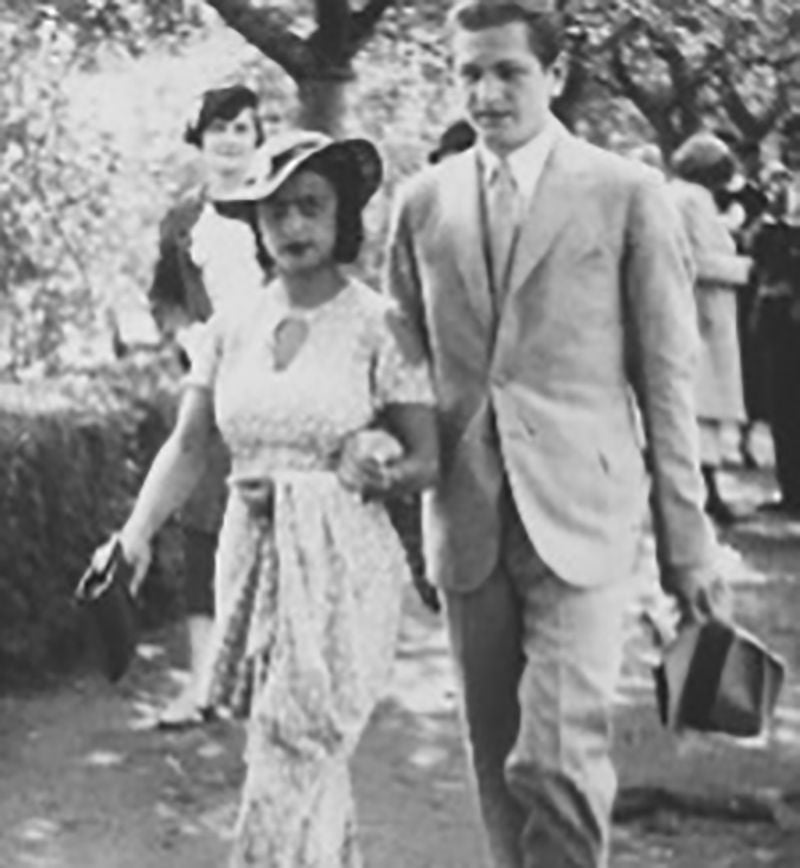 |
| Parents | Father- Umrao Singh Sher-Gil Majithia (Scholar of Sanskrit and Persian)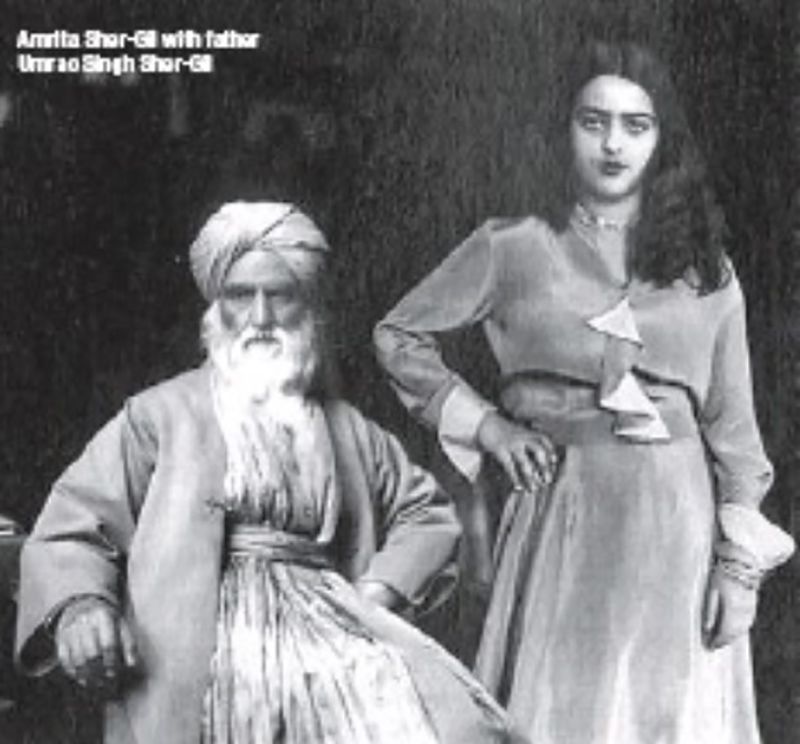 Mother- Marie Antoniette Gottesmann (Opera Singer)  |
| Siblings | Brother- none Sister- Indira Sundaram (née (Shergil) 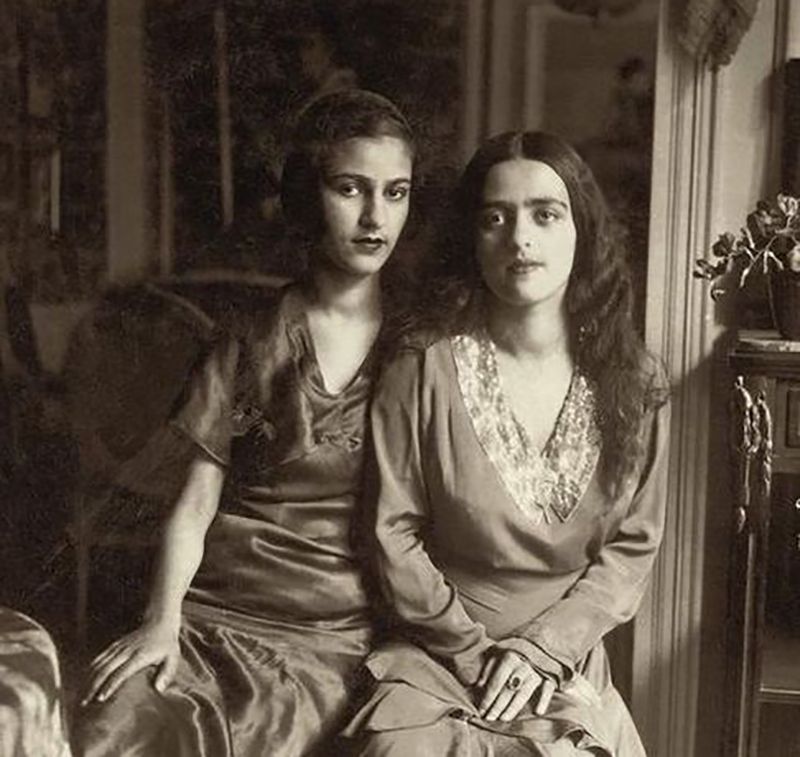 |
Some Lesser Known Facts About Amrita Sher-Gil
- Amrita Sher-Gil was an eminent Hungarian-Indian painter who is considered ‘one of the greatest avant-garde women of the 20th century’ and a ‘pioneer in modern Indian art.’ Her paintings are the most expensive paintings amongst all the women painters in India.
- Her father, Umrao Singh Sher-Gil Majithia was a Sikh aristocrat, a scholar of Sanskrit and Persian, and also a photographer by hobby. Her mother, Marie Antoniette Gottesmann was a Hungarian Jewish Opera Singer, who belonged to an affluent Bourgeois family.
- Her parents first met in Lahore in 1912, when her mother, Marie had come to India as the companion of the princess Bamba Sutherland, the granddaughter of Maharaja Ranjit Singh. Umrao Singh (her father) got married for the second time to Marie.
- Reportedly, her mother married her father, betrayed by his family status. Her mother was not happy with her marriage with her father and had extramarital affairs. It remained that way; until she shot herself to death in their Shimla house.
- Her sister, Indira is the mother of the famous Indian contemporary artist, Vivan Sundaram. Vivan is the author of the book, Amrita Sher-Gil: A Self-Portrait in Letters & Writings (2010).
- She was the niece of the Indologist., Ervin Baktay. It was Baktay who noticed her talent in art during his visit to Shimla in 1926 and advocated her to pursue art. He also guided her by critiquing her work and gave her an academic foundation to grow.
- She was passionate about painting since her childhood. When she was a young girl, she used to get her servants model for her and paint them.
- She spent most of her early childhood in Budapest. In 1921, they moved to Summer Hill in Shimla, India, because her family faced financial problems in Hungary. Their villa in Shimla is known as ‘The Holme.’
- In Shimla, she began learning piano and violin. At the age of nine, Amrita and her sister, Indira, began to perform on concerts and plays at Gaiety Theatre at Mall Road, Shimla.
- At the age of nine, she began her professional training in art in Shimla from Major Whitmarsh, and later, by Beven Pateman.
- She was expelled from her convent school for declaring herself an atheist.
- In 1923, she came to know an Italian sculpture. When the sculpture returned to Italy, Amrita and her mother, went along with him in 1924. The sculpture got her enrolled in Santa Annunziata, an art school in Florence, Italy. However, she didn’t stay there for long and returned to India, the same year.
- At the age of 16, she travelled to Europe to learn painting, first at Académie de la Grande Chaumière in Paris under the mentorship of Pierre Vaillant and Lucien Simon (where she met Boris Taslitzky). She later took her formal training at École des Beaux-Arts, Paris (1930–34).
- Talking about her studies in Europe, in a letter to her mother, she wrote,
Although I studied, I have never been taught painting…because I possess in my psychological makeup a peculiarity that resents any outside interference…”
- In Paris, she was inspired by the works of European Painters such as Paul Cézanne and Paul Gauguin. Her works were influenced by her mentor Lucien Simon, and the company of artist friends and lovers like Tazlitsky.
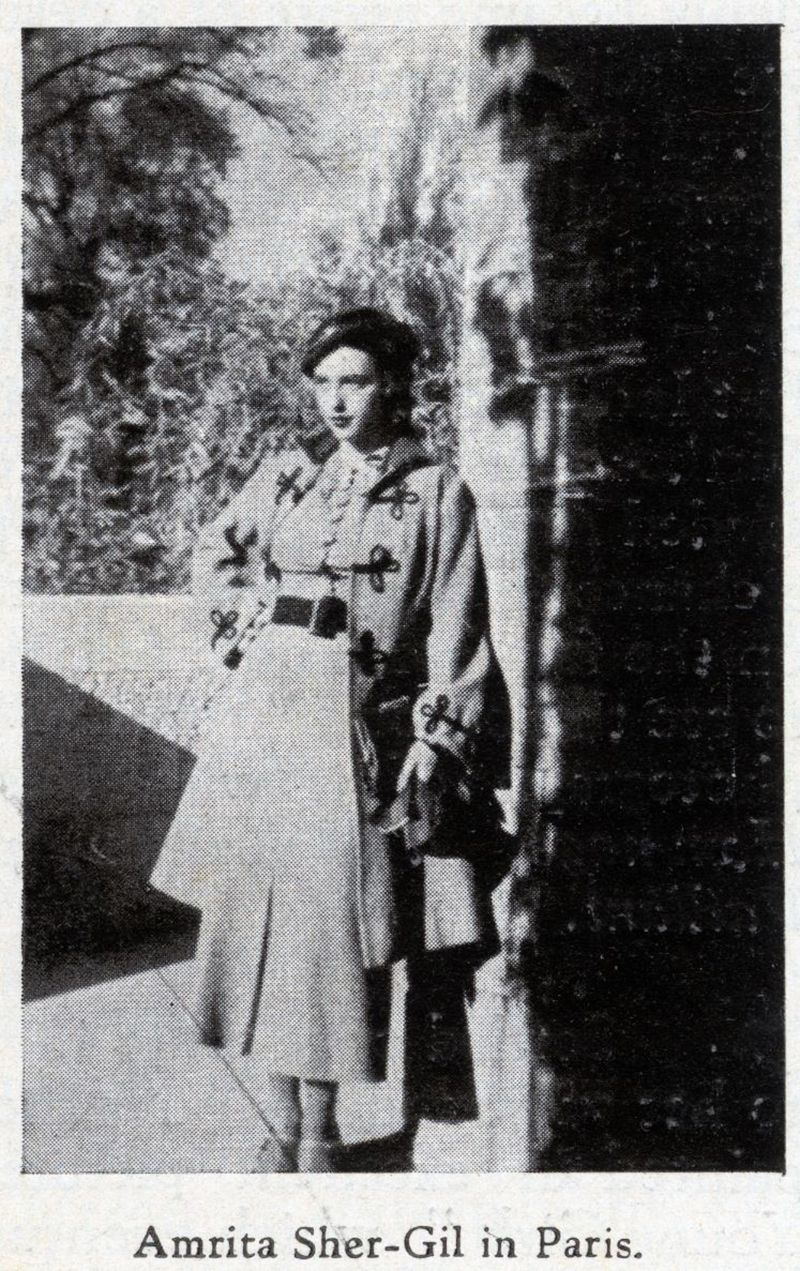
- Her early paintings illustrate the influence of western modes of paintings, especially, post-impressionism and engagement with the works of Hungarian painters, especially, the Nagybanya school of painting. In the 1930s, she practised Bohemian circles of Paris.
- When she was in Paris, one of her professors often said that judging by the richness of her colouring, Shergil was not in the element from the west and that her artistic personality would find its true colours in the east.
- At the age of 18, in October 1931, she wrote to her mother,
-
I painted a few very good paintings, Everybody says that I have improved immensely; even that person whose criticism in my view is most important to me — myself.”
- In 1931, she was engaged to Yusuf Ali Khan, the son of Raja Nawab Ali, a prosperous landowner in Uttar Pradesh. Yusuf not only left her pregnant but also gave her venereal disease. She turned to Victor Egan (her first cousin and doctor who later became her husband) to help her, terminate her unwanted pregnancy and disease.
- In 1932, she made her breakthrough with the oil painting, Young Girls. The painting won her many accolades including a gold medal at the Paris Salon, a renowned art show. She was also elected as an Associate of the Grand Salon in Paris in 1933, which made her the youngest member, and the first Asian to receive the honour.
- During her stay at Paris, her work mainly encompassed self-portraits, life in Paris, nude studies, still life, and portraits of friends and fellow students. The National Gallery of Modern Art in New Delhi express her self-portraits as
[capturing] the artist in her many moods – somber, pensive, and joyous – while revealing a narcissistic streak in her personality.”
- In 1933, she felt a strong yearning to come to India, as she labels it,
there lay my destiny as a painter.”
At the end of 1934, she returned to India and met Malcolm Muggeridge. They both stayed at a family home in Summer Hill in Shimla, where she painted a portrait of Malcolm, which is with National Gallery of Modern Art in Delhi now.
- In 1936, from the suggestion of the art collector and critic, Karl Khandalavala, she left for travel across India to discover her long-forgotten Indian roots. Her journey brought her closer to life in India, and she was influenced by Mughal and Pahari School of Painting and the cave paintings at Ajanta.
- In 1937, following her visit to Ajanta Caves, she produced her South Indian trilogy, Bride’s Toilet, Brahmacharis, and South Indian Villagers Going to Market.
- In 1937, her painting, Three Girls, won a gold medal at the annual exhibition of the Bombay Art Society.
- She met Pandit Jawaharlal Nehru for the first time at her art exhibition in Delhi in February 1937. Nehru was deeply attracted to her beauty and talent, and in October 1940, he went to meet her in Saraya. Despite being friends with Nehru, she never drew any portrait of him. The reason as told by her, ‘he has a lot of good looks.’
- Reportedly, she even exchanged letters with Nehru, but those letters were burnt by her parents when she was getting married.
- Her stay in India marked the fresh stage of her artistic talent. After her marriage to Dr Victor Egan, she moved to a small village named Saraya in Sardar Nagar, Chauri Chaura, Uttar Pradesh. During her stay in Saraya, she painted ‘Village Scene,’ ‘In the Ladies’ Enclosure,’ and’ Siesta;’ paintings that reflect leisure life of rural India. In the Ladies’ Enclosure and Siesta show the influence of the miniature school of painting and Village Scene shows the influence of the Pahari school of painting
.
- The late writer, lawyer, diplomat, and journalist, wrote an incident relating to Amrita in his book, “My Unforgettable Women.” During a party in Shimla, Sher-Gil met Khushwant’s son, Rahul (writer and journalist), and called him ‘an ugly child.’ Khushwan’t wife was so angry at her that she removed her name from the list of invitees in the future. When Amrita came to know of this, she retorted that she will make her (Khushwant’s wife) pay by seducing her husband. Khuswant Singh, in his book, expressed his dismay that she never actually did so.
- In September 1941, she moved with Egan to Lahore (then in undivided India). Some of her later works include Tahitian (1937), Red Brick House (1938), Hill Scene (1938), and The Bride (1940).
- Although critics like Karl Khandalavala and Charles Fabri acclaimed her as the greatest painter of the century, her paintings found only a few buyers in India; Nawab Salar Jung of Hyderabad returned them and the Maharaja of Mysore chose Ravi Varma’s paintings over hers.
- Although her family had ties with British Raj, she was a Congress Sympathiser. She was also attracted by Gandhi’s philosophy and lifestyle.
- She described her artistic style as ‘fundamentally Indian.’ In a letter to her mother, she wrote,
I realized my artistic mission then: to interpret the life of Indians and particularly of the poor Indians pictorially, to paint those silent images of infinite submission and patience, to depict their angular brown bodies.”
- In December 1941, just a few days before the opening of a major show in Lahore, she fell ill and sank into a coma. Later, she died around midnight on 5 December 1941. A day after her death, Britain declared war on Hungary, and Egan was sent to jail as a national enemy.
- Amrita’s art has influenced generations of Indian artists from Sayed Haider Raza to Arpita Singh, and her portrayal of the plight of women has made her art a symbolism of strength for women at large both in India and abroad. Contemporary artists in India have both reinterpreted and recreated her works.
- The Government of India has declared her works as National Art Treasures and most of them are housed in the National Gallery of Modern Art in New Delhi. Some of her paintings also hang at the Lahore Museum.
- Amrita’s work is regarded to be so important to Indian culture that when it is sold in India, the Indian government has specified that the art must stay in the country; fewer than ten of her works have been sold globally.
- In 2006, her painting ‘Village Scene’ was sold for ₹6.9 crores at an auction in New Delhi, which was, at the time, the highest amount ever paid for a painting in India.
- The Indian cultural centre in Budapest is named the Amrita Sher-Gil Cultural Center. Apart of being an inspiration to many contemporary Indian artists, she became an inspiration for many literary works, including Urdu play “Tumhari Amrita,” Indian novel “Faking It” by Amrita Chowdhury, ‘Aurora Zogoiby,’ a character in Salman Rushdie’s 1995 novel “The Moor’s Last Sigh,” was inspired by Sher-Gil.
- In 2013, UNESCO announced the 100th anniversary of Sher-Gil’s birth, to be the international year of Amrita Sher-Gil.
- In 2018, at a Sotheby’s auction in Mumbai, Amrita Shergil’s painting “The Little Girl in Blue” was auctioned for a record-breaking 18.69 crores. This painting is a portrait of Amrita’s cousin, Babit, a resident of Shimla and was painted in 1934 when Babit was only 8 years old.
References/Sources:

